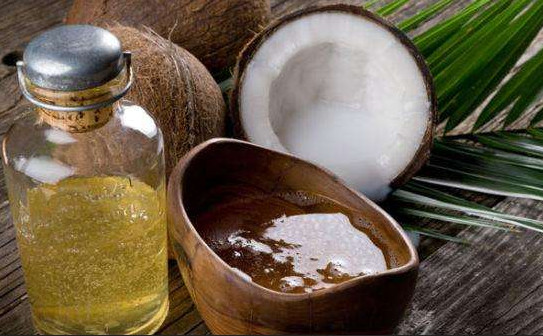Coconut oil: a new choice for controlling porcine pathogens
Weaning is the most critical stage in piglet growth, separation from sows, mixed piglets in different litters, new living environments, and diets that are adjusted from liquid milk to solid feed. This series of stress reactions usually leads to the adoption of this series of stress responses. Reduced food intake, which in turn leads to short-term growth.

During weaning, the small intestine undergoes significant changes in histology and biochemistry, such as intestinal villus atrophy and crypt hyperplasia, which reduces the digestion and absorption capacity of the small intestine, which causes post-weaning diarrhea, affects the immune response, and changes The normal composition of the intestinal flora eventually leads to a decrease in body weight, and animals are more susceptible to pathogenic bacteria.
Since antibiotics have been banned as animal growth promoters since 2006, due to concerns about feed safety and the development of resistance to pathogens, animal dietitians are able to help piglets pass through weaning and minimize intestinal disease. Extremely interested in active nutritional alternatives.
A variety of alternatives have been introduced: enzyme preparations, probiotics, prebiotics, medicinal plant extracts and organic acids. Some of these alternatives, either alone or in combination, help to improve the health of the animal, primarily by acidifying the internal environment of the gastrointestinal tract and or controlling the proliferation of potentially pathogenic bacteria.
In particular, the application of medium chain fatty acids appears to provide a promising approach that can reduce the adverse effects of piglets after weaning. Medium chain fatty acids can be used as an alternative non-antibiotic antibacterial pathway to improve animal performance and health.
Medium chain fatty acids are a family of saturated fatty acids including caproic acid, caprylic acid, orthanoic acid and lauric acid.
Medium chain fatty acids are naturally occurring as part of triglycerides in a variety of vegetable oils, especially coconut oil refining and palm oil. Typically, coconut oil contains a high proportion of medium chain fatty acids with fatty acids consisting of 3.4% to 15% octanoic acid, 3.2% to 15% ortho-acid and 41% to 56% lauric acid. Palm kernel oil is also rich in caprylic acid (2.4% to 6.2%), n-salic acid (2.6% to 7.0%) and lauric acid (41% to 55%).
Medium chain fatty acids are mainly used as anionic surfactants, and because of this property, they have antibacterial activity. Medium-chain fatty acids can penetrate the bacterial cell wall and plasma membrane to destroy the stability of the membrane structure, and inhibit the lipase activity necessary for colonization of bacteria on the skin and intestinal mucosa, which may be the main mechanism of antibacterial efficacy of medium-chain fatty acids.
In addition to its direct lytic function, medium-chain fatty acids can also activate bacterial autolytic enzymes and play an important role in inhibiting the activity of pathogenic bacteria. Alternatively, intact fatty acids entering bacterial cells appear to have a cytotoxic effect. They dissociate into protons and anions and enter the cytoplasm, lowering the pH of the cytoplasm, and as a result, the activity of the cytoplasmic enzyme is inhibited, eventually leading to apoptosis of the bacterial cells. The antibacterial properties of medium chain fatty acids and the protective effects on the intestinal microbial system are based on the results obtained after the study of pigs. In addition, the study found that medium-chain fatty acids also have immunomodulatory effects, but lack evidence in pigs.
Adding 3 kg of distilled coconut fatty acid sodium salt per ton of feed can reduce the number of Salmonella colonization in piglets orally inoculated with pathogenic strains, improve their production performance, improve intestinal health and regulate intestinal flora.